Energy-Boosting Foods for COPD
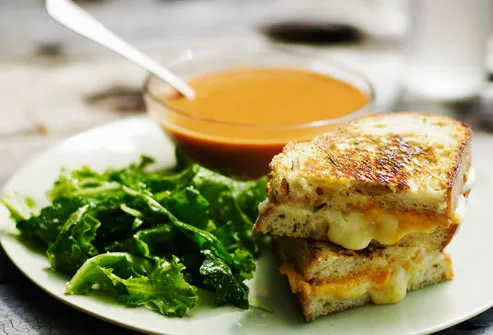
1/18
COPD: Eat Right at Every Bite
Eating right may help boost your energy when you have COPD. If you're losing a lot of weight, a few "comfort foods" may return to your diet. Breathing burns 10 times more calories when you have COPD. For people who are watching their weight, smaller portions of the nutrient-packed foods in this slide show will keep calories in check and provide the fuel your body needs to help you feel your best.
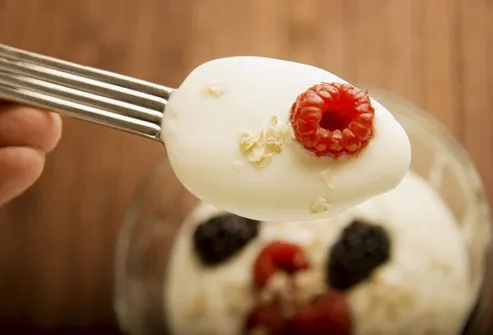
2/18
Eat More Often
If you find yourself getting fatigued while you eat, or you have trouble breathing because you get too full, try eating smaller meals more often. Four to six small meals during the day, instead of three large meals, will keep you from getting overly full. It also will require less energy to eat. That means you'll be less fatigued and better able to get what you need from the food you eat. Also, relax and rest before you eat.
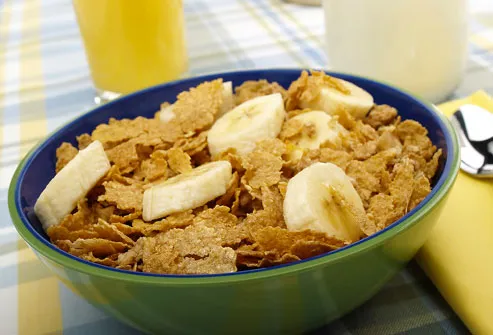
3/18
A COPD Breakfast
Breakfast may be your most important meal. A lot of people with COPD get too fatigued later in the day to eat well. If that sounds familiar, try to have your largest meals early in the day, when you have the most energy. And since you should be getting 25 to 30 grams of fiber every day, starting with a bowl of bran cereal and whole wheat toast gets you headed in the right direction.
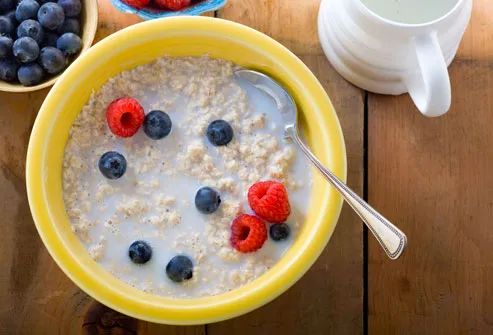
4/18
Oatmeal With Milk
Another great food for starting your day is hot oatmeal. It's easy to eat and rich in fiber, calcium, iron, and vitamin A. Preparing it with milk instead of water makes it even more nutritious. And if you're trying to shed a few pounds, oatmeal deserves a place in your diet. Its high fiber content helps you feel full with fewer calories. Top it with berries instead of sweeteners to keep the calorie count low.
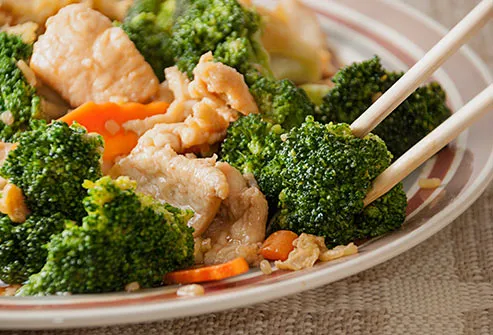
5/18
Eat More Nutritious Foods First
If fatigue is making you stop eating before you get the calories and nutrients you need, eat the high-calorie items first. But don't go for the "empty calories" of mashed potatoes or desserts. Sink your fork into chicken, lean beef, baked fish, or tofu so you get protein with every bite.
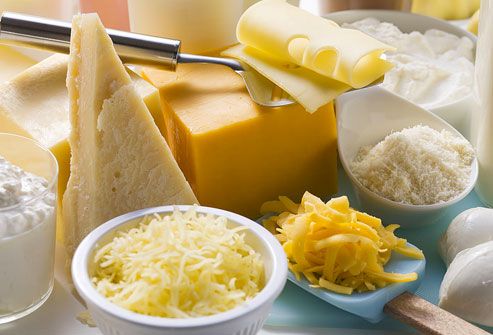
6/18
Say Cheese
Adding cheese to dishes like potatoes, rice, or vegetables will increase both the nutrient value and the caloric value of any meal. Plus you'll get extra calcium to help protect your bones, which can be made brittle by some of the medicines prescribed for COPD. When you want the nutrients in cheese at a lower calorie count, look for those labeled "part-skim" or "reduced-fat."
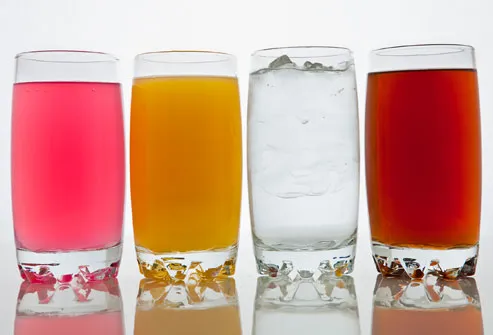
7/18
Drink Plenty of Fluids
Drinking plenty of non-caffeinated fluids will help keep the mucus in your airways thin and make it easier to clear your lungs. At mealtimes, eat first and sip later. That way you won't feel full before you've had a chance to get a solid, nutritious meal.
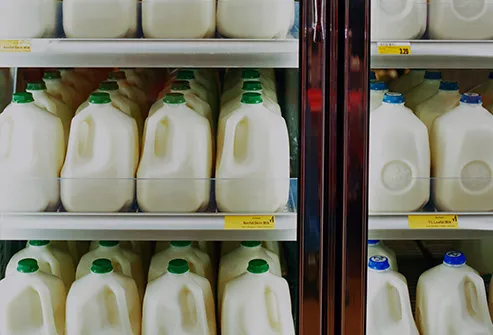
8/18
Milk, Please
If you need to gain weight, your body can make good use of the calories in milk, while the calcium and vitamin D help keep your bones strong. Try drinking it in place of water throughout the day.
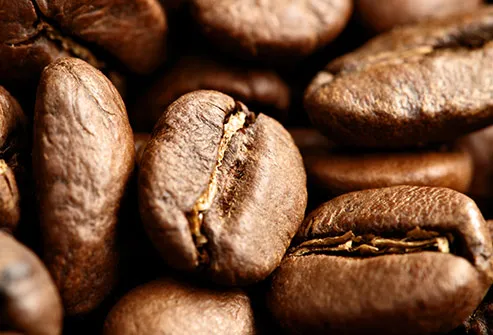
9/18
Avoid Caffeine
Caffeine is not a good choice for someone with COPD. It can interfere with some medicines and may cause nervousness and restlessness, which can exacerbate your symptoms. So avoid or limit coffee, tea, and caffeinated sodas. And yes, unfortunately, the caffeine in chocolate lands it on the no-no list.
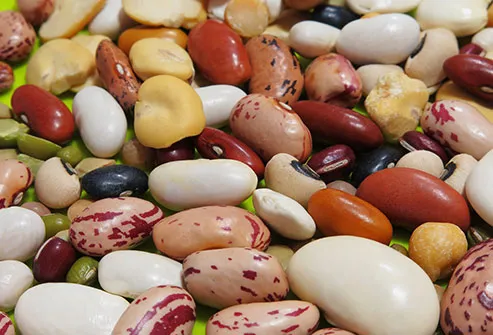
10/18
Get More Fiber
Because you're unlikely to get all of the 25 to 30 grams of fiber you need each day from breakfast alone, include high-fiber foods in your other meals. A bowl of low-sodium split pea or lentil soup makes an excellent hot lunch. Other good sources of fiber include dry beans, bran, brown rice, whole-grain cereals and breads, and fresh fruits and vegetables.
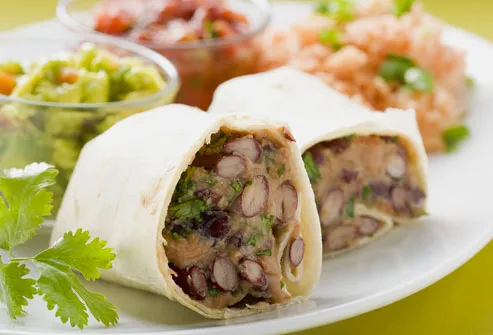
11/18
COPD Caution: Gas-Inducing Foods
While foods like a bean burrito do provide protein and fiber, use caution. Foods that cause gas or bloating can make breathing feel harder. Common culprits include carbonated beverages, greasy fried foods, heavily spiced foods, beans, and vegetables like cabbage and broccoli. But each person reacts a little differently. Keep a food diary to see which ones affect you; then steer clear of the troublemakers.
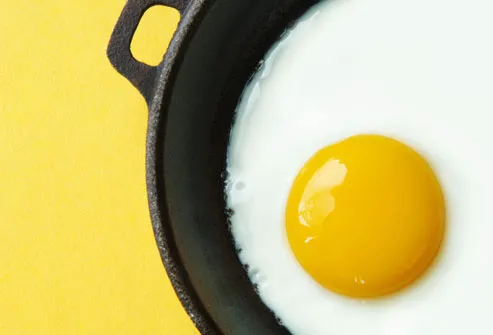
12/18
Eggs Offer a Calorie Boost
If you're looking for ways to boost your calorie intake, try adding an extra egg to your recipes. Mix a whole egg to your next meatloaf before baking. Or try it in macaroni and cheese. Avoid raw egg, sometimes used in the dressing for Caesar salad, to prevent food poisoning.
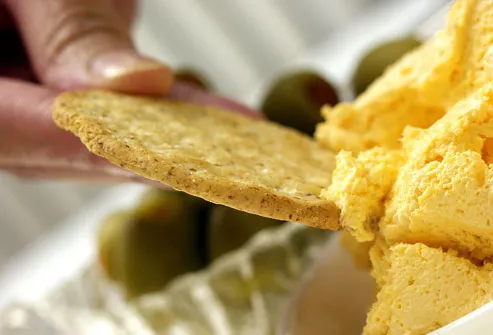
13/18
Snack Right
If you need to gain weight, keep high-calorie, healthy snacks handy. Have a handful of nuts or a ready-to-eat pudding cup. You can buy low-fat or nonfat pudding cups to avoid unhealthy cholesterol and saturated fat. Crackers with cheese or fruits and vegetables with dip are other nutritious snack ideas.
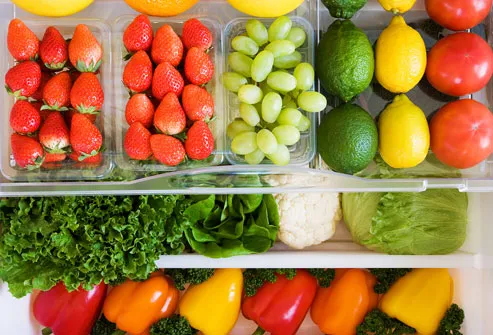
14/18
Keep It Fresh
Eating fresh fruits and vegetables whenever you can will yield big benefits. They are packed with nutrients. And eating a balanced diet instead of a meat-and-potatoes regime contributes to better overall health and energy.
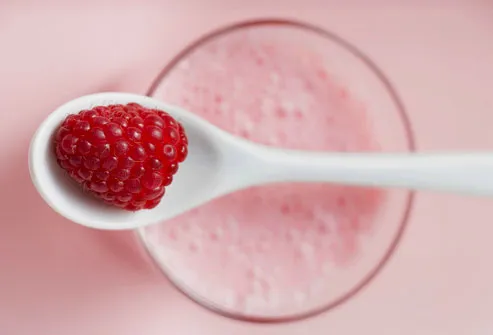
15/18
Shakes and Smoothies
Foods rich in calcium and vitamin D are essential for keeping bones healthy. That's why milkshakes and smoothies are the perfect snacks for many people with COPD. Use milk or yogurt -- choosing lower-fat products if weight control is desired -- and use fresh fruit for nutrients and fiber. Canned, fortified shakes are no-fuss drinks that are ready to be used straight out of the fridge.

16/18
Starchy Vegetables
Starchy vegetables like beets, corn, carrots, and winter squash are rich sources of vitamins and minerals. And they have more calories than other vegetables. Baked squash casserole makes an excellent side dish or main course. And soup is a savory way to enjoy these richer vegetables.
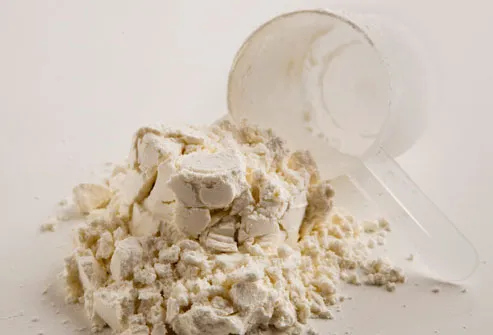
17/18
Boosting the Protein
Protein is an essential element in everyone's diet, but it's especially important when you have COPD. Add nonfat dry milk, protein powder, or soy protein powder to dishes like mashed potatoes, casseroles, soups, even hot cereal.
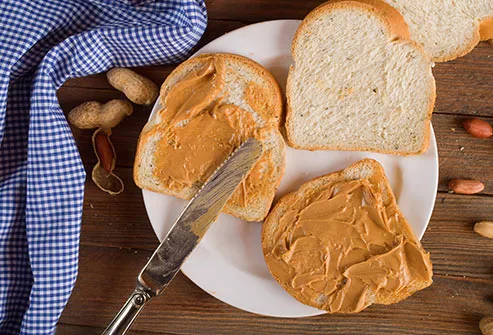
18/18
Protein at Every Meal
Peanut butter can pump up your intake of both calories and protein, with little time or energy wasted on preparation. Protein is important at every meal for people with COPD. Good sources include eggs, lean meat, fish, poultry, legumes, and nuts.
- Obtener vínculo
- X
- Correo electrónico
- Otras apps
Comentarios